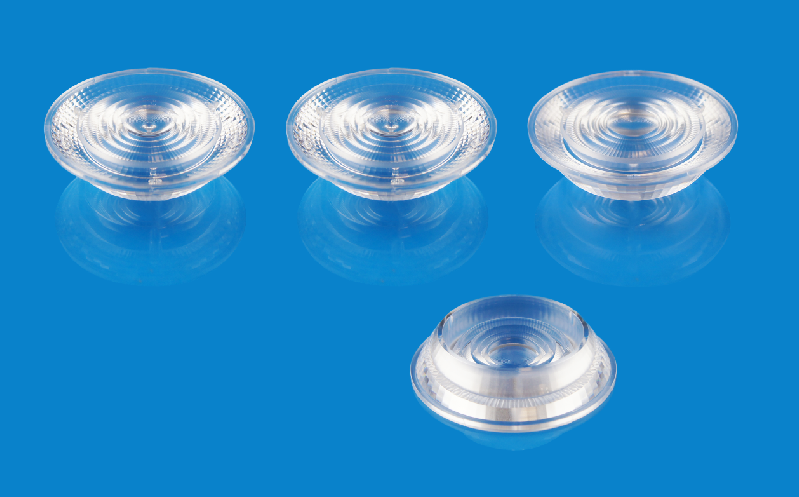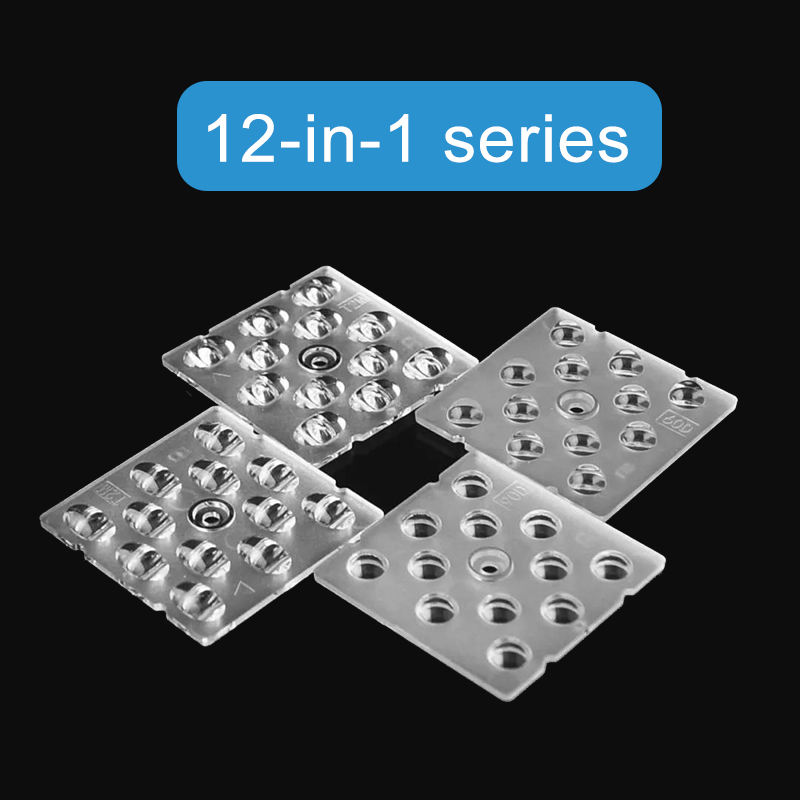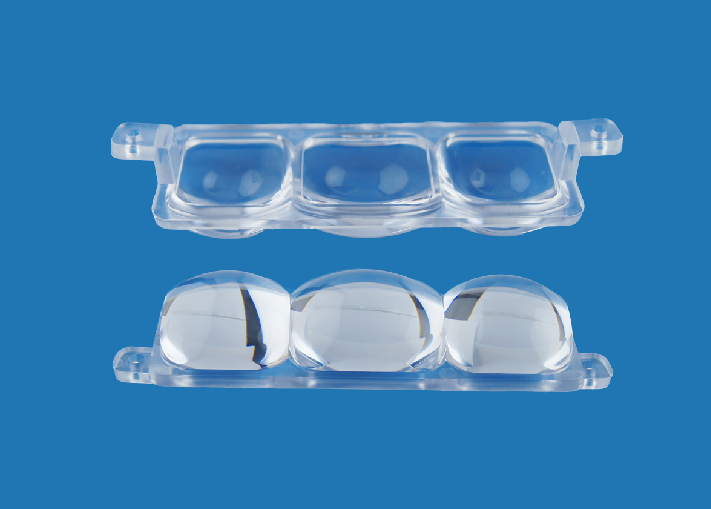
Firstly, let's understand the working principle of pyroelectric infrared sensor. Pyroelectric infrared sensor is composed of ceramic oxide or piezoelectric crystal components, in the components of the two surfaces made of electrodes, in the sensor monitoring range of temperature changes, the pyroelectric effect will be in the two electrodes will produce an electric charge. When the human body enters the detection area, because the human body temperature and the ambient temperature difference, pyroelectric effect in the two electrodes will produce a charge, that is, between the two electrodes to produce a weak voltage difference, so the sensor to monitor the range of temperatures within the physical quantity of change, there is a physical quantity of signal output. This output in the sensor has a field effect tube for impedance conversion, if the human body into the detection area does not move, then the temperature does not change, the sensor also has no output.
This weak voltage difference needs to work with two aspects of the product to amplify and process the signal. First, infrared operational amplification processing circuit. Second, Fresnel lens.
Here, the Fresnel lens first. The simplest way to understand the role of the Fresnel lens is: 1. Fresnel lens has the role of filtering interference with light. 2. Fresnel has the role of amplifying the infrared signal. 3.
When we do not use the Fresnel lens, room temperature pyroelectric infrared sensor detection radius of less than 2 metres, and is very unstable, vulnerable to external light interference. It is only when used in conjunction with a Fresnel lens that the sensor can be used to its fullest potential. When used with a Fresnel lens, the sensor's detection radius can reach 20 metres. Fresnel lenses are made of polyethylene plastic sheet (HDPE), commonly used colours are natural translucent, milky white or black, but are transparent to infrared light with a wavelength of about 7-14 um, and are only used for infrared light passing through within this 7-14 um range. Most of its shape is hemispherical, the lens is divided into several parts in the horizontal direction, and each part is divided into several different areas in the vertical direction. The top part of each equal part of a lens unit, they are composed of a concentric circles, concentric circles in the centre of the lens unit. The middle and the lower part of each part is also respectively a lens unit, also consists of concentric circles, but the centre of the concentric circles is not in the lens unit. Multiple lens unit combined into a lens group unit, theoretically, the lens unit more and more dense the higher the sensitivity, the corresponding lens unit more mould costs are higher.
When the light passes through these lens units, it will form the visible and blind zones between light and dark. Since each lens unit has only a small viewing angle, the visible area is inside the viewing angle, and the blind area is outside the viewing angle. Any two neighbouring lens units are separated from each other by a blind zone and a visible zone, which are intermittent and do not overlap or cross. In this way, when the lens is placed in an appropriate position directly in front of the sensor, once the moving human body appears in front of the lens, the infrared rays radiated by the human body pass through the lens to form a constantly alternating shadow zone (blind zone) and bright zone (visible zone) on the sensor, so that the temperature of the surface of the sensor changes constantly, thereby outputting an electrical signal. It can also be understood in this way, the human body in the detection area activities, a leave a lens unit of the field of view, and will immediately enter the field of view of another lens unit, (because of the close proximity of neighbouring lens units), the sensor on the sensor with the human body to move the blind zone and the visible area, resulting in the sensor's temperature changes, and the output of the electrical signal.
Fresnel lens can not only form the visible and blind zones, there is also a focusing effect, its focus (i.e., focal length) is generally about 4 mm - 30 mm, the actual application, should be based on the actual situation or information provided by the instructions to adjust the distance between the Fresnel lens and the sensor (i.e., focal length), the lens is generally fixed in the sensor directly in front of the 4 ~ 30 mm place.
Last Article:All-in-one Industrial Outdoor Lighting Module Small Lens ~ For more information, click me Oh!
Next Article:No More


